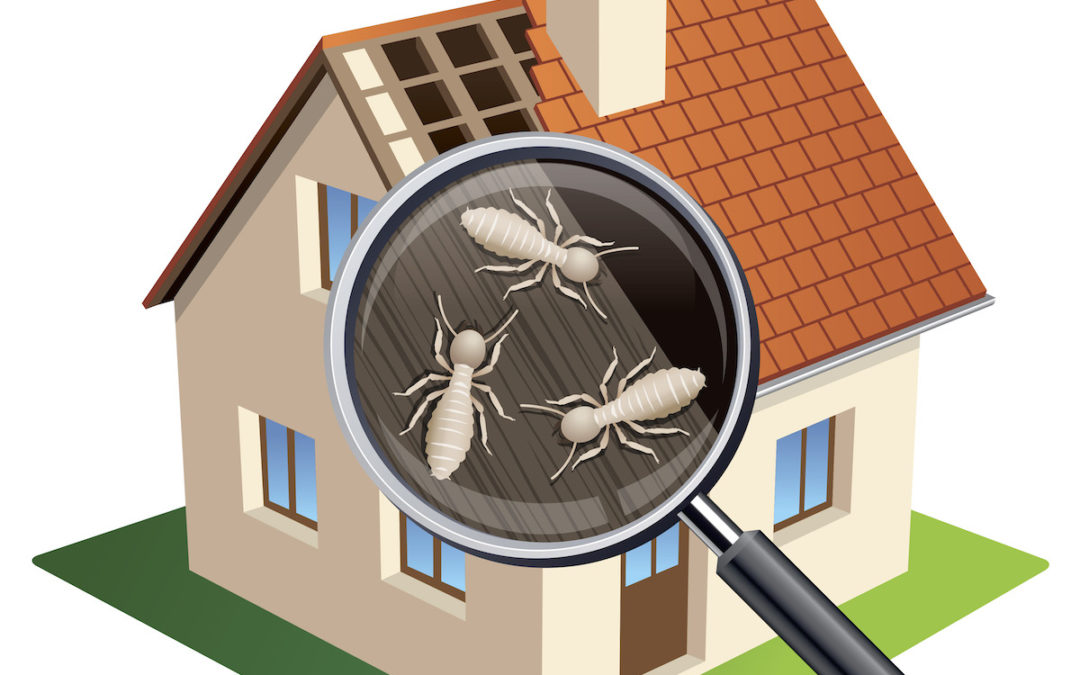Eden Prairie Inspection Tech: 952-583-9012

A termite inspection serves many purposes. Regular termite inspections can help prevent future infestations, determine the size and severity of a current infestation and identify what, if any, termite damage may already be present.
The inspector will start to look for signs of termites in and around your property. Termite tubes are the most common signs of a current termite infestation, although other signs may be present depending on how long termites have been eating away. Also known as mud tubes, termite tubes are tiny trails that run up the interior and exterior of the home. The composition of these tubes is termite saliva and partially digested wood from the colony, along with other organic material that may be present.
Just because termites are subterranean insects doesn’t mean there won’t be signs of them above ground. The inspector will do a thorough check of your home, both indoors and outdoors when inspecting for termites. The information below will help them identify where they should look to ensure they perform the most detailed inspection possible.
Exterior-
The first place a inspector will inspect is the exterior of the home. The first signs of termites typically show up outside and the exterior of the home tends to be fairly easy to inspect. The perimeter of the home should be inspected thoroughly. The inspector will be sure to check the foundation or stem wall for signs of termite tubes. If your home has wood or plastic siding,they will be sure to check the base of the siding to look for any wood decay or other signs of termites. Once they have inspected the exterior, they will be able to move inside.
Interior-
The interior search for termites can be more time consuming. Signs of termites in the home may be more difficult to identify for a variety of reasons. The inspector will inspect every room in the house, making sure to inspect under beds, behind curtains, inside cabinets and behind appliances. Termite tubes, like on the exterior of the home, can be present on drywall or on floor boards throughout the home. They will also look for imperfections in the wood and drywall of each room.
Crawl Spaces-
Obviously for homes that have concrete slab foundations, crawl spaces will not be present, but it’s important that any tight places around the home be checked as well. Like your inspections of the interior and exterior, their looking for termite tubes running from the ground up the side of the foundation or pillars underneath the home. If they find signs of termites, they will use their tool to test the density of the wood close to the termite tubes or dig a trench along the foundation to see if you can find termites. This will help determine the severity of the infestation or damage.
Attics-
The attic should be the final place to look. Even though this is the highest point in your home, termites can still find their way into your attic. The inspector will check the attic for termite tubes, mud, termites or decayed wood. If they come across any problem areas, they will be sure to check the density of the affected wood.
What’s Involved in a Termite Inspection?
The time it takes to conduct a termite inspect depends on a few factors. Taking the size, complexity and number of places to look, a typical inspection can take anywhere from 30 minutes to 3 hours. These inspections should be conducted every twelve months to ensure you stay ahead of any termite problems.
The termite inspection report is a detailed report of your termite problem. Termite inspection reports are not designed to treat or eliminate termites; rather they provide you with an idea of your current termite problem. These reports can help you find termites at an early stage to reduce or eliminate the possibility for termite damage or high costs in the future.
A termite inspection report can also help you identify any high risk areas where termites have colonized in and around your property. You’ll find out the types of termites on your property and the specialist will help you understand the extent of any damage that may have already been caused. Lastly, the report will identify if any treatments have been done in the past and provide the homeowner with treatment recommendations moving forward.
A termite inspection can help homeowners save hundreds on termite treatment costs in the future. These inspections can also give homeowners piece of mind knowing that their house is safe from these wood eating insects. One of the best termite treatments is termite prevention and the termite inspection is the best option!
Eden Prairie Inspection Tech: 952-583-9012